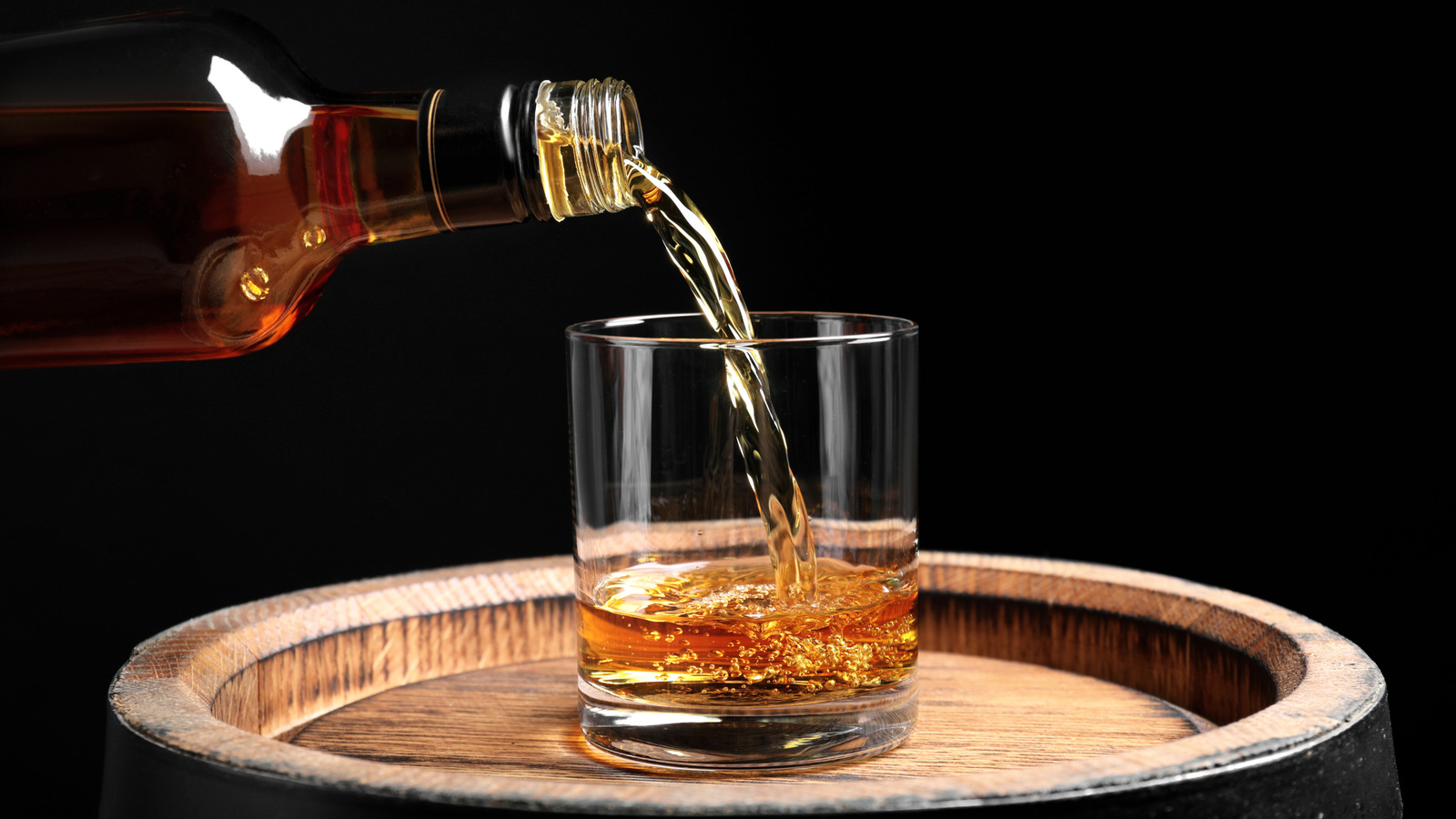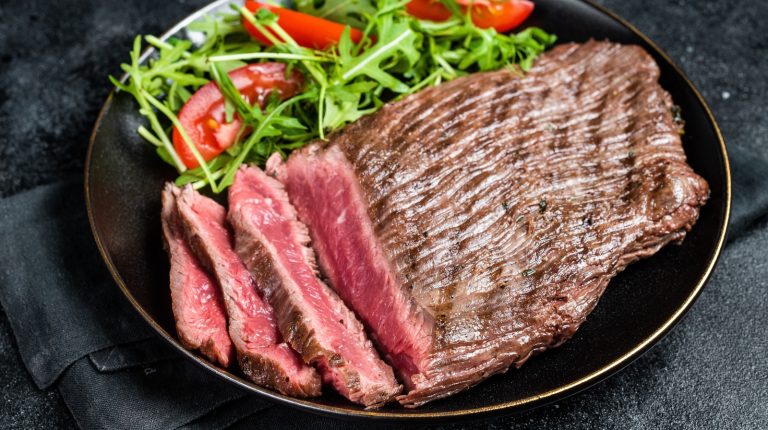What’s the difference between single barrel and double barrel bourbon? It’s all in the name. But can you really taste the difference between the number of barrels? We spoke to Chris Walster, the whisky connoisseur at The Cask Connoisseur, who says that you absolutely can. “The typical reason comes down to the difference in the maturation of the bourbon,” Walster explains. “Simply put, a single barrel bourbon won’t be as complex in flavor compared to a double barrel, as the majority of flavor for a bourbon comes from the cask.”
Despite that, Walster emphasizes that this doesn’t necessarily make one method better than the other. “With any whisky, ‘beauty is in the eyes of the beholder,’ so if you prefer a single barrel, absolutely fine. You may find that a double barrel does nothing for you,” Walster adds. Of course, that isn’t to say that there aren’t reasons to prefer double-barrel bourbon to single. In fact, Walster notes that the double maturation offers two significant advantages.
“The second barrel will be fresher, and effectively the whisky maturation process will be more active,” the connoisseur notes. “Therefore imparting more flavors and complexity in a shorter period of time.” Additionally, the second barrel can be used correctively, should any irregularities come up the first time. “The original casks are likely to have been mixed before the second barrel was used,” he continues. “This mixing can round out any inconsistencies between barrels, creating a more balanced and rich final product.”
Other things that impact the taste of bourbon
There are many important factors that influence the taste of bourbon that don’t involve the number of barrels used. First and foremost, the bourbon’s mash bill is what determines what sorts of flavors will be present in it, with different combinations of corn, rye, wheat, and barley creating different flavor profiles. Corn, for instance, can add sweetness while rye adds some spice. Wheat, on the other hand, brings bourbon more of a smooth palate while barley adds a nice nuttiness. However, you must also consider the distillation process itself, which involves multiple steps of cutting and discarding to create a uniquely balanced flavor.
Apart from how many barrels are involved in a bourbon’s maturation process, the type of barrels used also makes a difference. Bourbon is commonly aged in oak barrels, but the second barrel used could be anything from a port wine or sherry cask to a rum cask to another charred oak barrel. As Walster so eloquently pointed out, this step introduces much more complexity to the bourbon, but it also allows for the opportunity to create more balance overall. Again, this by no means asserts that one option is more desirable than the other, as other elements can also influence the bourbon’s taste, including the environmental conditions they’re kept in and the bottling strength. It’s all about personal preference.





